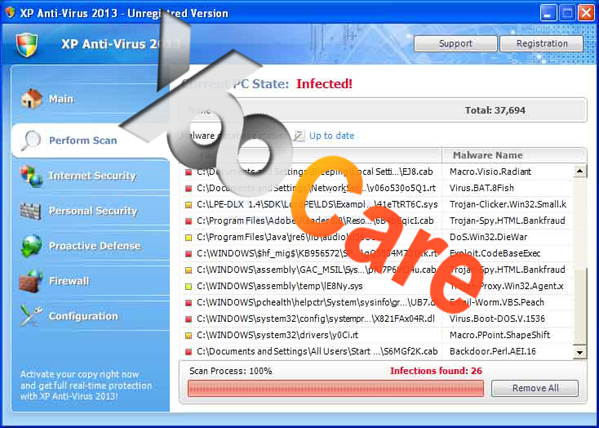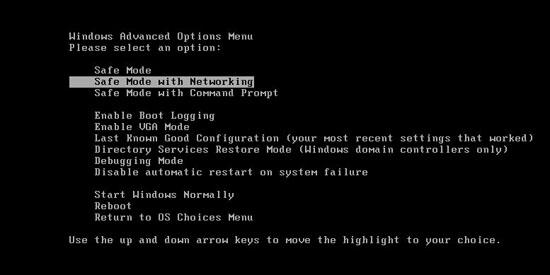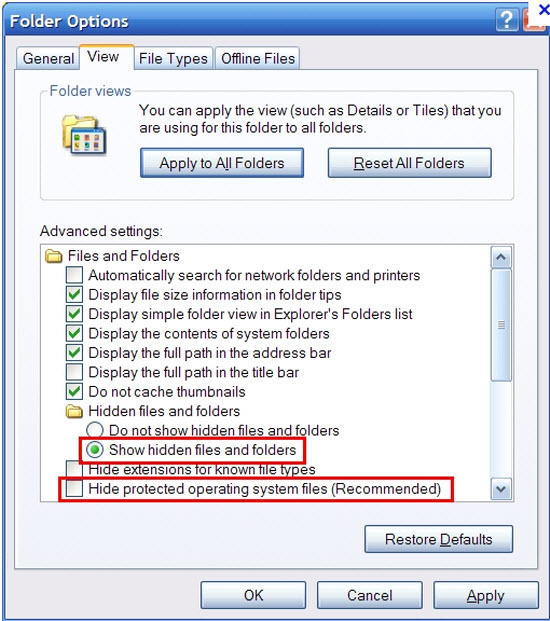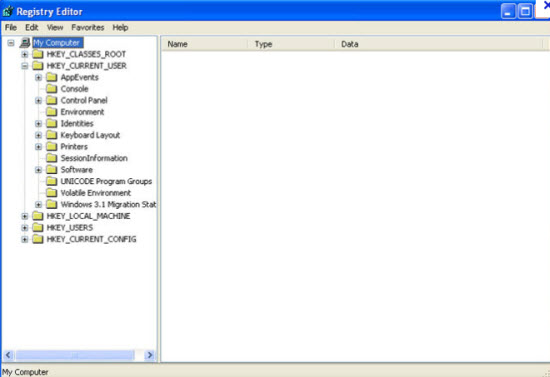XP Anti-Virus 2013 is a renewed version of a widely spread fake computer scanner. (as same as: Vista Anti-Virus 2013 and Win 7 Anti-Virus 2013). It tries to scare unsuspecting PC users into believing that their computers are infected with high risk malware, Trojans and viruses. And any attempt to use this fake antivirus to remove PC threats will make your browser redirect you to its payment website. However, for no reason should you spend a penny on this useless product. In fact, the only virus locates in your computer is XP Anti-Virus 2013 itself. It contains no ability to remove viruses and protect you from malware or any of the other functions that it markets. Instead, it can wreak chaos on your computer once downloaded.
Generally, this software tries to fool people into thinking that their computers are infected with a bunch of viruses and they need to pay the full version to secure their PCs. And it will use malicious Registry entries to launch itself every time you start Windows. Thus, you will be forced to run a bogus scam every time when system boots up. However, don’t be fooled by this scam. The scan does not reveal any true facts about how your system is functioning for the moment. Once it is running, it can also shut down the various programs that can enable the user to download other true security programs. Each time when user open a program, it will give a prompt saying the program is blocked by Trojans or something else. Undoubtedly, your computer will be in a mess once you have this rogue program installed. Hence, to save your computer, get rid of XP Anti-Virus 2013 virus as quickly as you can.

There are so many ways can lead this malware to get inside the computer, but most of the time it is beyond your knowledge.
1> It can be downloaded via malicious drive-by-download scripts from corrupted porn and shareware / freeware websites.
2> It may be installed through spam email attachments, media downloads and social networks.
3> It can get into your system if you have ever clicked some malicious ads or visited some malicious sites, as well as opened unknown downloaded files.
1. Reboot your computer to safe mode with networking. As your computer restarts but before Windows launches, tap “F8” key constantly.

2. Show hidden files and folders.
Open Folder Options by clicking the Start button, clicking Control Panel, clicking Appearance and Personalization, and then clicking Folder Options.
Click the View tab.
Under Advanced settings, click Show hidden files and folders, uncheck Hide protected operating system files (Recommended) and then click OK.

3. Open Registry entries. Find out the malicious files and entries and then delete all.
Attention: Always be sure to back up your PC before making any changes.
a. Press the “Start” button and then choose the option “Run”. In the “Open” field, type “regedit” and click the “OK” button.


b. All malicious files and registry entries that should be deleted:
%AllUsersProfile%\random.exe
%AppData%\Roaming\Microsoft\Windows\Templates\random.exe
%Temp%\random.exe
HKEY_LOCAL_MACHINE\SOFTWARE\Microsoft\Windows NT\Current\Winlogon\”Shell” = “{random}.exe”
HKEY_CURRENT_USER\Software\Microsoft\Windows\CurrentVersion\Policies\System “DisableRegedit” = 0
HKEY_CURRENT_USER\Software\Microsoft\Windows\CurrentVersion\Policies\System “DisableRegistryTools” = 0
XP Anti-Virus 2013 is only designed to be a fake optimization program and it is unable to detect any real threats. It was released to gain the income for scammers by tricking people into paying for so called ‘registered version’. Don’t fall into this trap! This malware may replace background with huge warning about infections, and even stop your PC from executing all programs. It hijacks web browsers, modifies registry settings and disables execution of programs so that it will be difficult for you to uninstall from your machine. Even though this software has a professionally looking user interface, it doesn’t have any of the features required for a legitimate security software. You must get rid of XP Anti-Virus 2013 scam timely before it crashes your computer.

Published by on January 17, 2013 12:41 pm, last updated on June 10, 2013 6:03 pm



Leave a Reply
You must be logged in to post a comment.